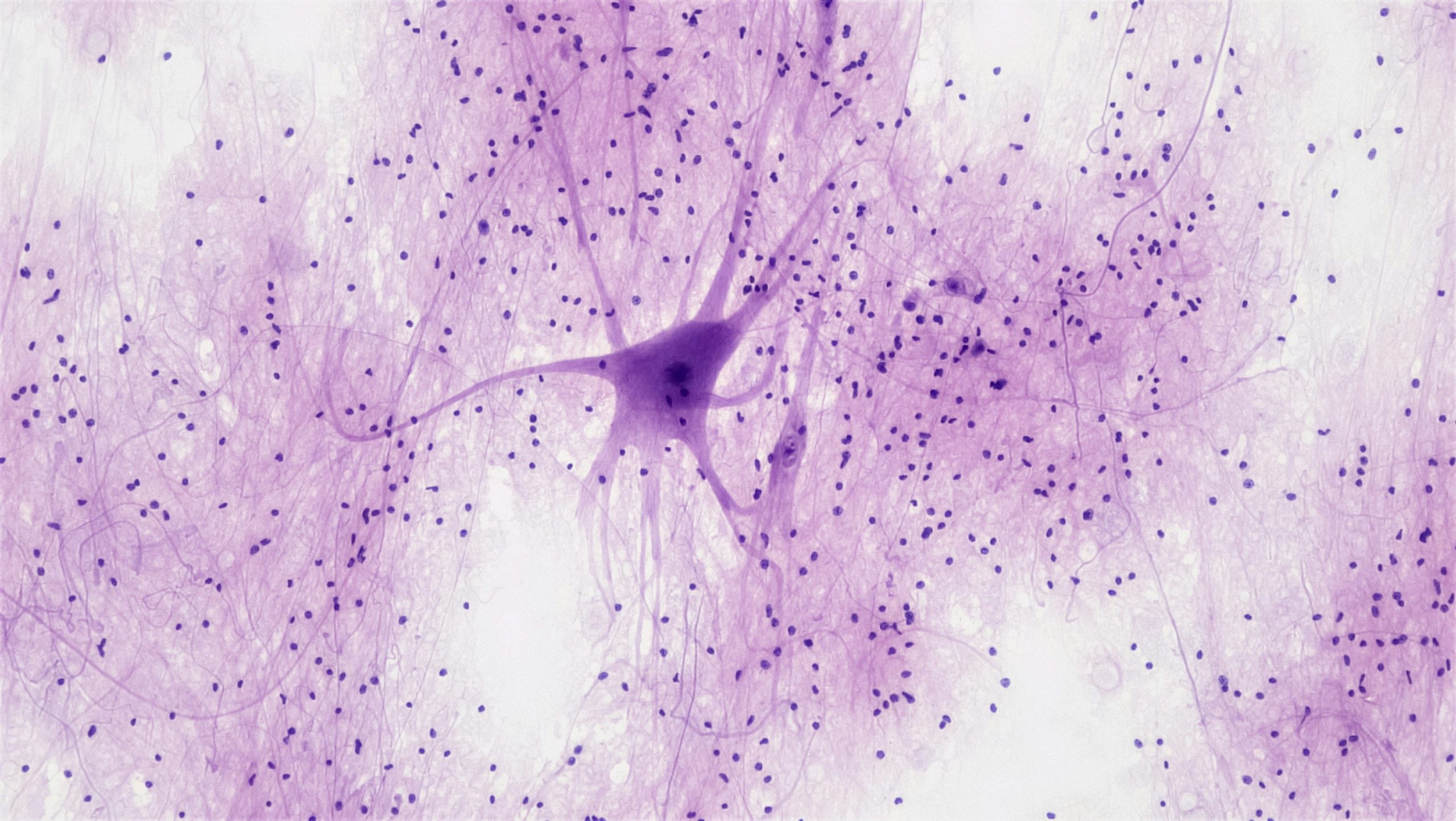By Alexander James, Sir John Deane’s College, Cheshire
Oxygen is vital to life and is used in numerous industrial processes. However, there was a time when the existence of oxygen as a concept, let alone as an element, was completely unknown.
One of the early scientific theories of combustion was called the Phlogiston Theory, developed by Johann Becher and Georg Stahl, separately, between the late 1660s and early 1700s. Becher published a book which discussed something contained within combustible substances called terra pinguis – later renamed to phlogiston by Stahl. The general theory was as followed: when a substance burns, phlogiston is released and ashes form. Therefore, wood was thought to be made up of a combination of wood ashes and phlogiston. Substances which burnt more completely contained a proportionally larger amount of phlogiston, suggesting carbon was pure phlogiston.
This theory was supported by multiple experiments. For example, it was deduced that a metal calx, now more commonly known as a metal oxide, was made from a metal when all of its phlogiston had been removed. Therefore, when carbon is added to a metal calx, the metal should be formed again – which does appear to happen. We now understand the process of carbon reacting with the metal oxide, producing the metal and carbon dioxide. Despite the many observations that the phlogiston theory seemed to explain, it could not account for the change in mass of solid product formed from combustion of a solid.
The first time that combustion was linked to the release of a gas was in the early 1700s by the experiments of Swedish pharmacist Carl Scheele. Scheele named the gas released in combustion “fire air”. However, the Englishman Joseph Priestley is more often credited with oxygen’s discovery. Priestley isolated the gas in 1774, when he used a large burning glass to heat mercury calx (mercury (II) oxide). He named this gas “dephlogisticated air” and tested it with a live mouse. The mouse became much livelier when breathing the gas.
This new discovery of the so-called dephlogisticated air required investigation, a challenge fitting for the esteemed chemist Antoine-Laurent de Lavoisier. Lavoisier conducted quantitative experiments to definitely determine the association between combustion and this mysterious gas. One such experiment involved mercury and mercury calx.
Lavoisier poured mercury into a glass retort and placed it on a furnace with the retort’s neck opening in a sealed bell jar. The liquid level in the bell jar was adjusted so a measured volume of air remained at the top of the jar and a marker was stuck at the top of the liquid. Therefore, if any gas was released into or removed from the bell jar, the liquid level would rise or fall and this way, the change in the volume of gas could be measured.
The furnace was lit and after a few days, the whole surface was covered in red mercury calx. In the same time, the liquid level had risen. The mass associated with the decrease volume of air was measured as 3.5 grains. Strangely enough, when he measured the mass of the mercury and calx produced, it had also increased by 3.5 grains. The unfortunate mouse did not fare well in the air produced after the calx had formed, indicating that the active gas had been removed.
The reverse of this experiment was also conducted, heating the mercury calx alone to produce a volume of gas of mass 3.5 grains as the calx decomposed, leaving elemental mercury. The mass of the mercury was measured to be 3.5 grains lower than the mass of the calx at the start of the reverse experiment. Luckily for Lavoisier’s replacement mouse, the air at the end of this reaction was able to support life.
Hence, Lavoisier concluded that during combustion, a specific quantity of an active gas in the air combined with what was being burned. He named this gas after his theory that this gas was an essential constituent of acids and so combined “oxys” meaning acid or sharp with “-genes” meaning producer to make “oxygen”. Although, we later discovered that it is, in fact, hydrogen and not oxygen that is donated by acids. Despite this, considering Lavoisier’s ground-breaking discovery, I believe he still deserves the honour of naming it.





